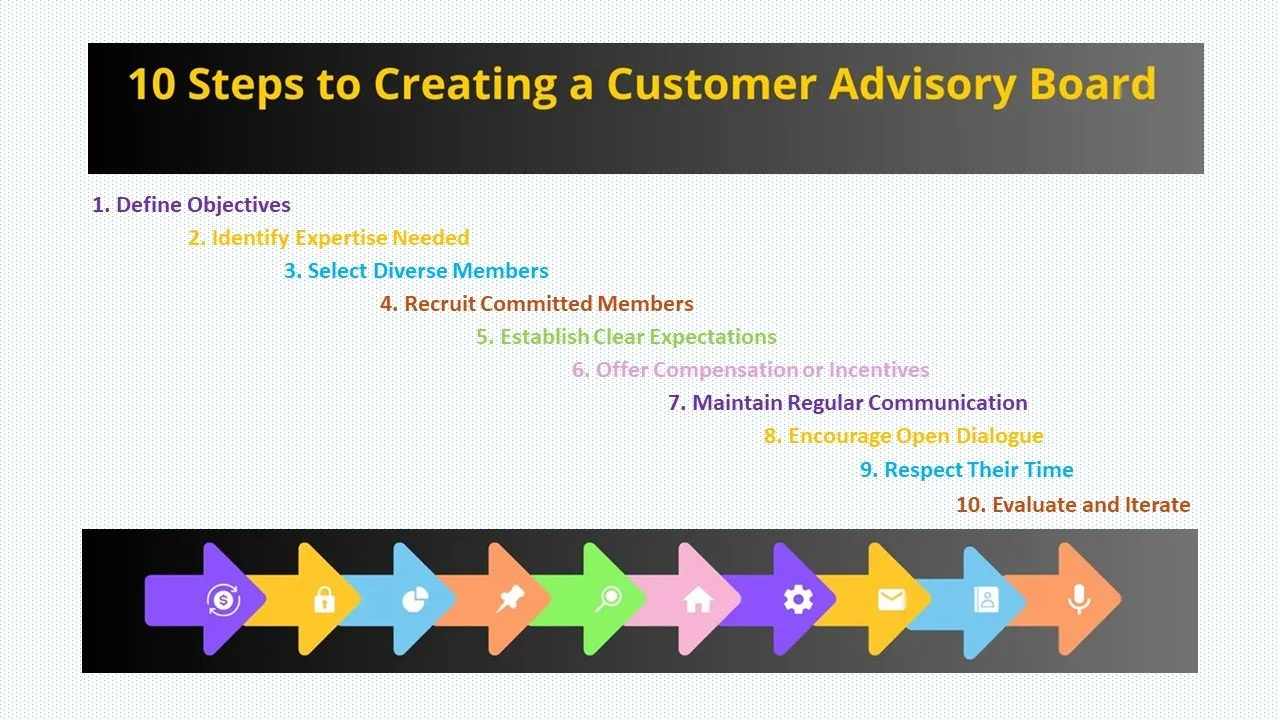When I launched my fashion brand, CRISSCROSS Intimates, I devised an advisory board comprising a team of industry experts from diverse backgrounds and sectors. I selected individuals whom I had met over the years, trusted, and knew would be committed to helping me succeed by providing strategic advice in their specific areas of expertise.
I personally reached out to each individual and had discussions about my brand, company goals, the vision, reviewed the utility patented product line, future growth plans, etc. Once they got on board with the strategy, we discussed how they could get involved and what amount of time they could expect.
We set up a timeline, goals, and had monthly, then quarterly calls to engage in discussions about the progress and challenges we were facing. What was great was that I always had a shoulder to lean on, even if I was not an expert in every area. As an entrepreneur, you can’t be an expert at everything and work in a frenzy mode. This is where an advisory board is quite helpful: to provide strategic guidance, to run your ideas by others to help you gain concurrence or view the business from a different perspective, provide industry insights, and offer networking connections. Oftentimes, being the founder inside the circle doesn’t always give you a clear vision, unlike an outside person looking in without bias. Be open to new ideas and ways to implement strategies.
My team comprised senior executives from worldwide business operations, finance, fashion product design and development, startups, sales distribution, marketing, and business strategy. Once my prototype was designed and ready for product review, we successfully conducted a soft launch. We then refined the product design to ensure it met customer requirements, propelling it forward in the fashion marketplace. I contributed my global leadership, media, marketing, sales, and technical expertise to the mix. I ventured into areas I was familiar with and expanded into a new industry sector as I developed the brand. Taking an innovative idea to new heights has been a fascinating journey, and I am grateful for all the insightful support I received early on during the product launch.
What I've learned is that creating a small business advisory board can be an excellent strategy for gaining diverse perspectives, strategic guidance, and expertise as a startup. Here are some successful tips I'd like to share to help you devise one:
1. **Define Objectives**: Clearly outline the purpose of your advisory board. Whether it's to provide strategic advice, industry insights, or connections, having a clear understanding of your objectives will help you identify the right advisors.
2. **Identify Expertise Needed**: Determine the specific areas where you need guidance and expertise. This could include marketing, finance, operations, technology, legal, etc. Tailor your advisory board's composition to cover these areas effectively.
3. **Select Diverse Members**: Aim for diversity in terms of expertise, backgrounds, and perspectives. Having a mix of industry veterans, entrepreneurs, academics, and specialists can provide well-rounded advice.
4. **Recruit Committed Members**: Look for individuals who are genuinely interested in your business's success and are willing to commit their time and energy to the advisory board. Avoid those who are only looking to add another title to their resume.
5. **Establish Clear Expectations**: Clearly communicate the role and expectations of advisory board members. Define how often you'll meet, what topics will be discussed, and what deliverables are expected from them.
6. **Offer Compensation or Incentives**: While many advisors may be willing to volunteer their time, offering compensation, equity or incentives can attract high-caliber individuals and demonstrate the value you place on their contributions.
7. **Maintain Regular Communication**: Keep advisory board members engaged by providing regular updates on the business's progress, challenges, and opportunities. Schedule periodic meetings or calls to discuss key issues and solicit their feedback.
8. **Encourage Open Dialogue**: Create a culture of openness and trust where advisors feel comfortable sharing their opinions and ideas, even if they differ from yours. Encourage constructive criticism and brainstorming sessions.
9. **Respect Their Time**: Be mindful of advisory board members' time constraints and commitments. Keep meetings focused, productive, and avoid wasting their time on trivial matters.
10. **Evaluate and Iterate**: Periodically evaluate the effectiveness of your advisory board and solicit feedback from members. Identify areas for improvement and make necessary adjustments to ensure the board continues to add value to your business. If a board member was not contributing as you had expected, you can make changes and pivot as needed.
By following these tips, you can devise a small business advisory board that provides valuable guidance and support to help your business thrive.
Java with Jean – a blog series featuring storytelling articles on Entrepreneurship by award-winning author, writer, innovator, and mediapreneur, Jean Criss. Jean is Founder and CEO of multiple e-commerce companies, has published 5 books sold on Amazon, and is passionate about sharing stories from the heart. Jean utilizes her depth and breadth of digital media through creativity and innovation as a global leader in tech, media, and fashion. Join in these engaging discussions on the Java with Jean blog series.
Contact Jean Criss at info@jeancrissmedia.com | JeanCrissMedia.com







